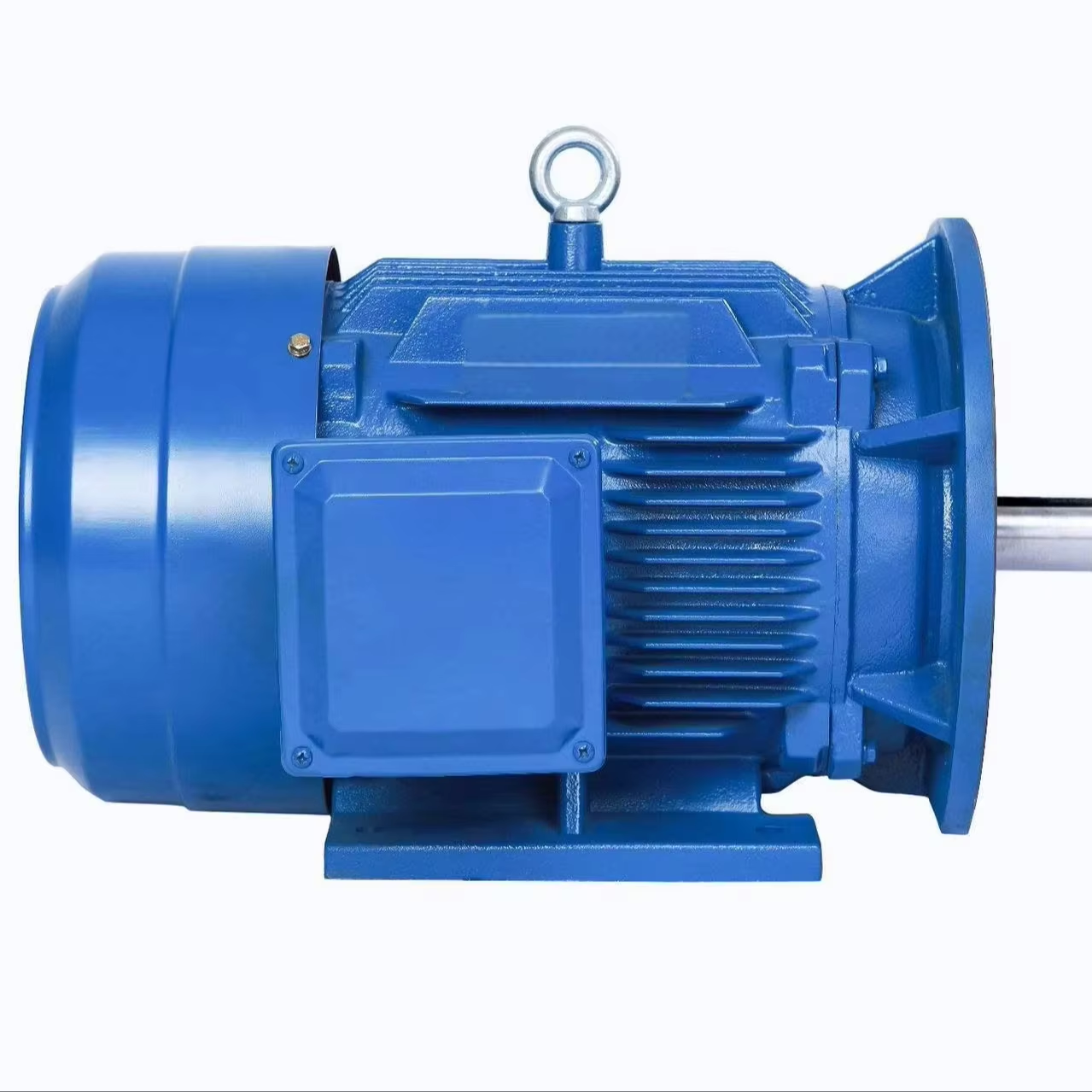
Monitor small DC motors for visible brush wear shorter than 1/4" (6.35 mm), excessive sparking during operation, or uneven current distribution. A 2023 industrial motor study found 42% of motor downtime stems from delayed brush replacement. Replace brushes when wear exposes spring contacts or leads to significant carbon dust buildup in housing vents.
Inspect commutators for:
| Ideal Condition | Problematic State |
|---|---|
| Smooth, polished surface | Deep grooves (>0.5 mm) |
| Uniform copper color | Discolored or burned bars |
| Tight bar insulation | Raised or loose segments |
Use non-conductive abrasives to correct minor imperfections, ensuring concentricity remains within 0.001" (0.025 mm).
Verify spring pressure aligns with manufacturer specifications—typically 200–400 grams-force—using a calibrated brush pressure gauge. Inadequate tension causes intermittent arcing that damages the commutator, while excessive force can triple brush wear rates based on material testing.
Adhering to recommended lubrication intervals prevents 40% of premature bearing failures in small DC motors (MBMckee 2024). Under-lubrication increases friction and wear, while over-greasing generates excess heat and energy loss. Always use the specified lubricant type and volume, as incorrect grease selection contributes to 28% of bearing degradation cases.
Abnormal humming or irregular vibrations often precede catastrophic failure by 150–300 operating hours. Use handheld vibration analyzers or ultrasonic detectors during routine checks to catch issues early. High-frequency noise (>12 kHz) usually signals lubrication breakdown, whereas low-frequency vibrations (<1 kHz) point to mechanical misalignment.
Getting contaminants like dust, moisture, or metal bits into bearings causes about half of all failures in industrial environments according to industry data. There are other problems too worth mentioning. When shafts aren't properly aligned they create axial overload issues. Chemicals can lead to corrosion over time, while variable speed drives sometimes cause electrical arcing problems. The good news is that regular maintenance combined with sealed or shielded bearings cuts down on these troubles quite a bit. Motors tend to last around 18 to 24 extra months when manufacturers take this approach seriously.
Thermal sensors and infrared (IR) cameras help maintain small DC motors within safe operating temperatures (60–80°C). Motors exceeding 85°C face 30% faster bearing wear and a 50% higher risk of winding insulation failure. Modern wireless thermal sensors allow continuous monitoring without operational disruption, while IR imaging detects hotspots in inaccessible areas.
When motors run too hot for extended periods, their efficiency drops somewhere between 15 and maybe even 20 percent because the copper windings start resisting electricity more. If the temperature stays above about 90 degrees Celsius, something really bad happens to brushless DC motors. The permanent magnets inside them begin to lose their magnetic properties completely. What does that mean? Well, torque output takes a hit of over 35% in most cases. Studies indicate that each time the operating temperature goes up by around ten degrees beyond what's recommended, the motor simply doesn't last as long anymore. Take a motor rated for 10,000 hours normally. Raise its working temp just ten degrees higher than specified, and suddenly we're looking at only about half that lifespan, maybe closer to 5,000 hours instead.
Leading manufacturers now integrate IoT-enabled sensors that transmit real-time temperature data to predictive maintenance platforms. These smart systems leverage machine learning to identify anomalies, issuing alerts 48–72 hours before critical failures. According to a 2024 industry report, facilities using such diagnostics reduced overheating-related downtime by 65% compared to manual monitoring.
Blocked airflow is the leading cause of thermal overload in small DC motors. Dust on cooling fins can reduce heat dissipation capacity by up to 40%, while debris in ventilation slots hinders essential convection cooling. Follow manufacturer recommendations:
Carbon particles from brush wear create conductive paths between commutator segments, contributing to 58% of unexpected small DC motor failures (2023 IEEE Maintenance Study). If unmanaged, this abrasive mixture:
Proactive teams minimize this risk by installing HEPA-filtered vacuum ports near brush assemblies and performing internal cleanings quarterly, coinciding with brush replacements.
A structured inspection protocol improves small DC motor reliability by 28% compared to reactive repairs (Facility Maintenance Journal 2023). Focus on brushes, bearing lubrication, and cooling systems during scheduled downtime. Key checklist items should include:
Advanced predictive maintenance frameworks achieve 90% accuracy in failure forecasting when combining vibration analysis with thermal imaging (Industrial Automation Council 2024). Facilities using cloud-based CMMS software report:
| Strategy | Cost Reduction | Uptime Improvement |
|---|---|---|
| Vibration trend mapping | 18% | 22% |
| Load current profiling | 24% | 31% |
A food processing facility eliminated unplanned breakdowns by implementing:
This strategy recovered $18k annually in lost productivity and extended motor service life from 1,200 to 2,100 operational hours. Teams using similar protocols report 53% faster fault diagnosis (Plant Engineering Quarterly 2023).
 Hot News
Hot NewsCopyright © 2025 by Changwei Transmission (Jiangsu) Co., Ltd — Privacy Policy